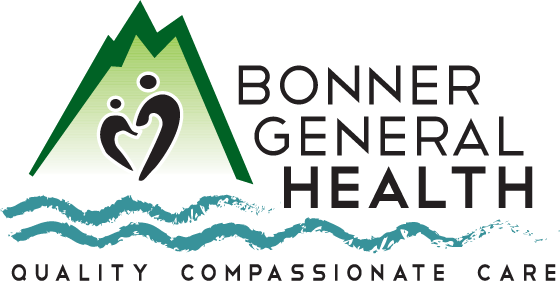By Kathy Hubbard
Jack was a seemingly normal kind of guy. He was a college grad. He owned and managed a shop that sold novelty items. He rode a motorcycle without a helmet. He was involved in a minor crash. He developed a traumatic brain injury. He suffers severe seizures, double vision, and vertigo.
According to a study sponsored by the National Institutes of Health, the most common reason for not wearing a motorcycle helmet was “the weight of the helmet (77 percent), feeling of heat (71.4 percent), pain in the neck (69.4 percent), feeling of suffocation (67.7 percent) limitation of head and neck movements (59.6 percent) and all together, physical discomfort during motorcycle rides.”
The Centers for Disease Control says, “A universal helmet law is the single most effective way for states to save lives and cost savings related to motorcycle crash injuries.” More than 5,500 motorcyclists died in the U.S. in 2020, and more than 180,000 were treated in emergency departments for crash injuries. Helmets reduce the risk of head injury by 69 percent.
Grace is the mother of two. She loved crafting and cooking. She rode her bicycle everywhere. She didn’t wear a helmet because it messed up her hair. She crashed and split her head open. As a result, she suffers intense and prolonged headaches and chronic neck pains.
The Cleveland Clinic says that “each year in the United States, about 800 bicyclists are killed, and another 500,000 end up in hospital emergency rooms. About two-thirds of the deaths and one-third of the injuries involve the head and face. Wearing a helmet can reduce the risk of head injury to bicyclists by as much as 85 percent.
The news is pretty good when it comes to skiers and snowboarders. Boston Children’s Hospital says that more than 80 percent wore helmets in the 2017-18 season, the year they did a national survey. However, skiers and snowboarders are admitted to the hospital for head injuries more often than for any other injury.
“Falling is the number one cause of skiing and snowboarding head injuries, including traumatic brain injuries and skull fractures. Collisions with non-moving objects such as trees and poles are the second most frequent cause,” BCH says.
“Properly fitting helmets reduce the risk of ski and snowboard-related injuries by 60 percent. They do so by absorbing the shock of a fall or collision. Even if a skier or snowboarder sustains a head injury, the injury will be less severe if their head is protected by a helmet.”
According to a website called Penalty File for Active Lifestyle, there are nineteen different helmets for diverse activities and sports. From football helmets to bull riding helmets, each is specifically designed to protect your head.
How do they work? “In a nutshell, pardon the pun; a helmet is a hard shell that disperses the energy of the impact. The inner padding, usually expanded polystyrene, increases the delay of the impact force from actually reaching your head. This allows a greater reduction of head injury,” they say.
How do you choose a helmet? Penalty File says to look for these “important factors when buying a helmet: certification of authenticity, how well it fits, and the materials it uses. Familiarizing yourself with these three factors will ensure you buy a genuine and tested helmet that can provide protection and safety for the sports you will use it for.”
They also recommend going to the store to try the helmet on. An ill-fitting helmet won’t provide the necessary protection. This goes for helmets for the kiddos as well. Take them along. There’s no point in spending good money on an ineffective helmet.
Learn yourself and teach your children how to put helmets on properly. Also, know that helmets don’t last forever. Children’s heads grow. Damaged helmets should be replaced immediately. Store helmets properly. Don’t sit on them or store them under heavy equipment. Wash them with mild soap and water and let them dry thoroughly before use.
And always remember the helmet won’t do you any good if it isn’t on your head and strapped correctly under your chin.
Kathy Hubbard is a member of the Bonner General Health Foundation Advisory Council. She can be reached at [email protected]. This article was written for and published in the Bonner County Daily Bee on August 17, 2022.

